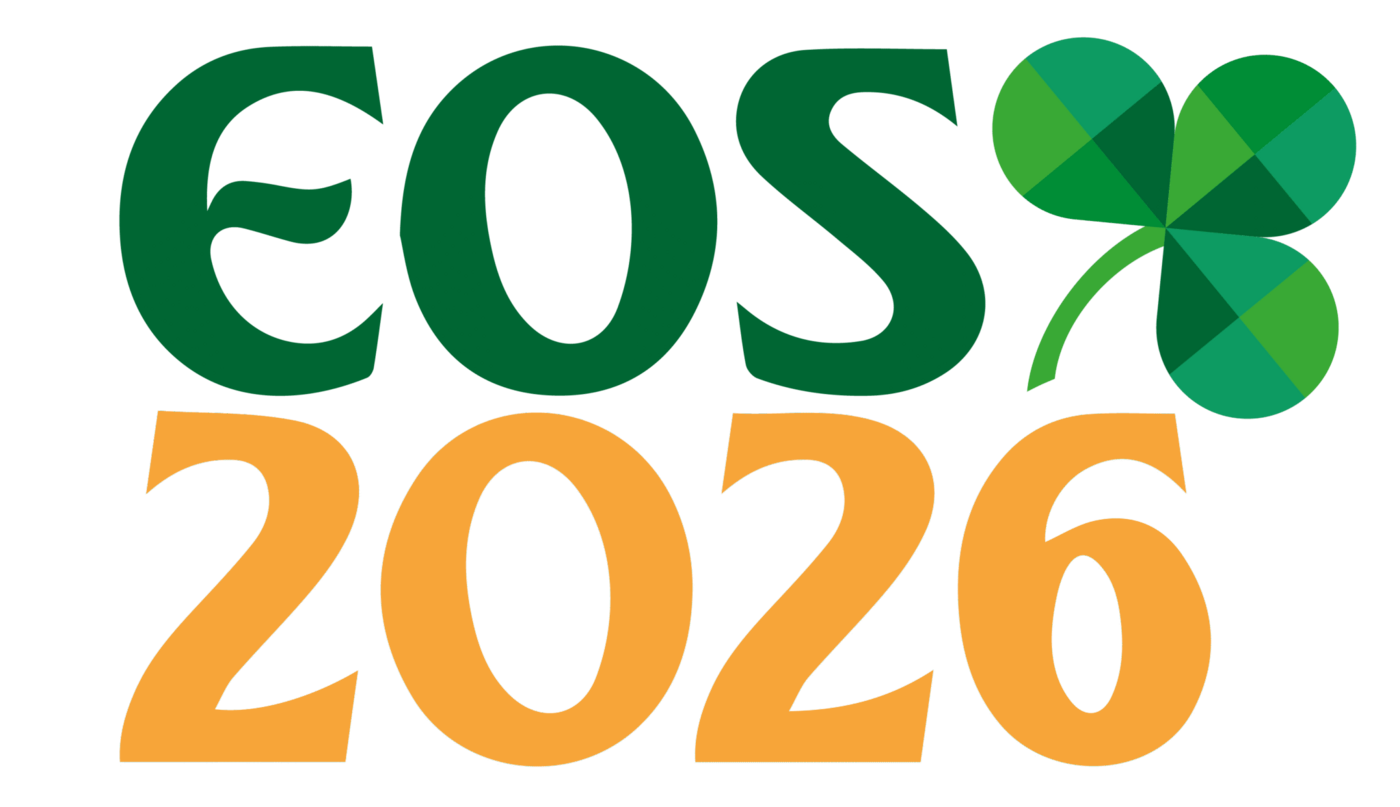Belgium
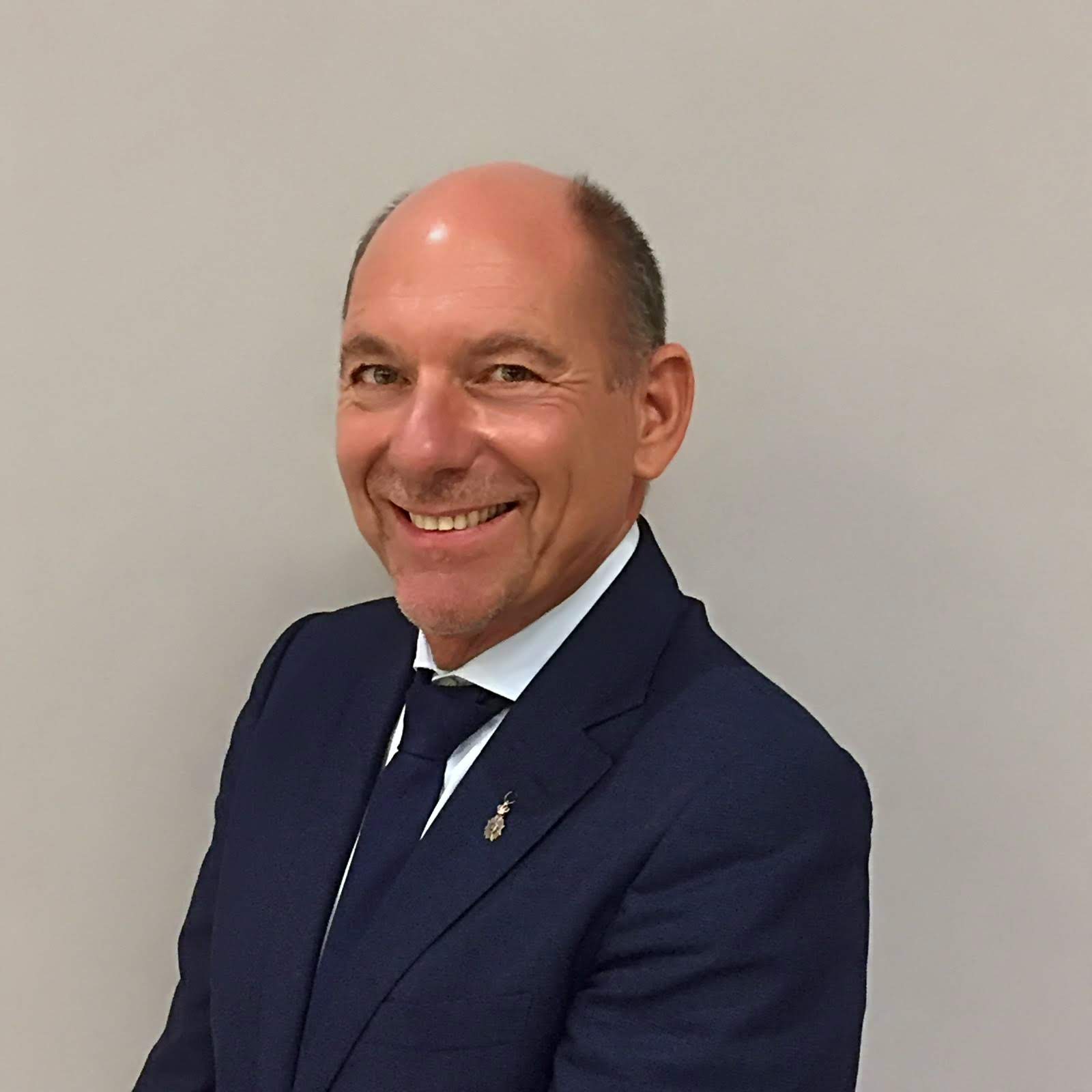
Bart Vande Vannet
Speaker Biography
Prof. Bart Vande Vannet is Professor of Dento-Facial Orthopaedics at the Université de Lorraine, Nancy, France, and Head of the Department of Orthodontics .He has a long-standing academic and clinical career dedicated to orthodontics, with a particular focus on skeletal anchorage, biomechanics, and translational research in orthodontic materials.
Initialy started in Belgium he moved to France, he combined university teaching, clinical practice, and multidisciplinary research, with contributions spanning orthodontic biomechanics, aligner therapy, and the biocompatibility of dental materials. His current projects include the development of innovative 3D bioprinted epithelial tissue models to test the biological integration of orthodontic devices, as well as multicentre clinical research on skeletal anchorage systems.
He is also actively involved in postgraduate education, leading national and international teaching programmes, and supervising theses and clinical training in orthodontics. Prof. Vande Vannet has authored numerous scientific publications and lectures regularly at European and international congresses.
As a committed educator and clinician, his work bridges evidence-based research with clinical innovation, aiming to provide orthodontic treatment solutions that are both biologically sound and clinically efficient.
Course Details
The introduction of bone supported anchorage has revolutionised orthodontic biomechanics by offering reliable, non-compliance-dependent treatment options. Over the past two decades, mini-implants and miniplates have expanded the clinical possibilities, enabling complex tooth movements, shortening treatment duration, and reducing the need for extraoral appliances. Despite their widespread use, questions remain regarding optimal design, placement protocols, biological integration, and long-term stability.
This lecture will explore the evolution of skeletal anchorage from both a clinical and scientific perspective. Emphasis will be placed on the interplay between biomechanical principles, bone quality, and patient-specific factors that determine success rates. Evidence-based treatment protocols will be illustrated with clinical cases ranging from routine space closure to advanced management of skeletal discrepancies.
Emerging research in digital planning will also be addressed, highlighting the role of 3D imaging and customised anchorage devices. These innovations point towards a new era where personalised orthodontics integrates biological, mechanical, and digital advances.
Participants will gain a comprehensive overview of the current state of skeletal anchorage, its limitations, and its future directions in achieving predictable and patient-centred orthodontic care.
Learning outcomes
After attending this lecture, participants will be able to:
- Understand the biomechanical principles underlying bone supported anchorage and their clinical applications in orthodontic treatment.
- Evaluate the clinical indications and limitations of mini-implants and miniplates, including factors influencing stability and success rates.
- Integrate evidence-based treatment protocols into daily practice, illustrated by clinical cases involving complex tooth movement and skeletal discrepancies.
- Explore future perspectives in skeletal anchorage, including digital planning and customised anchorage devices.
Presentation
Bone supported anchorage in orthodontics.
Bone supported anchorage in orthodontics.
Other Speakers
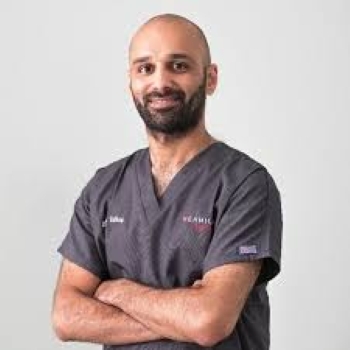
Further information coming soon.
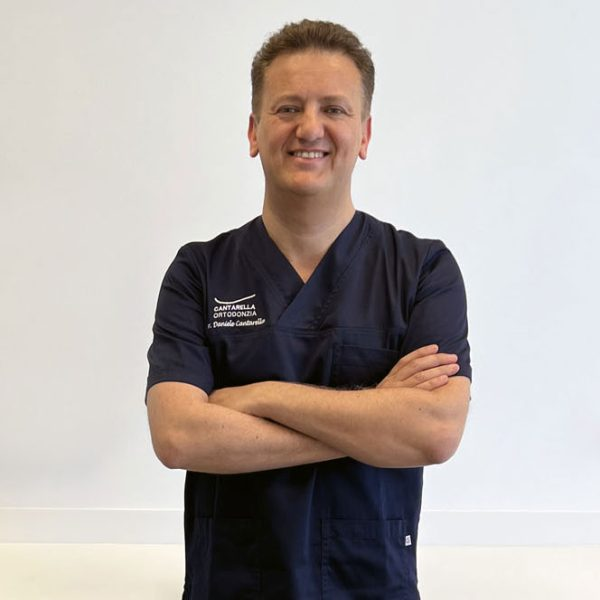
Dr. Daniele Cantarella is an international speaker in the field of Orthodontics. He received the...
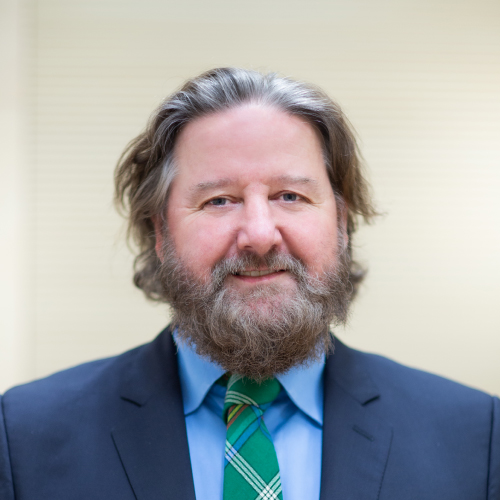
Colman McGrath is a Clinical Professor and the Chief of the Applied Oral Sciences &...
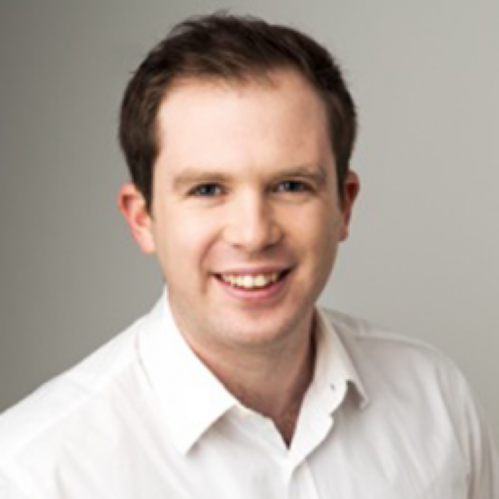
Further information coming soon.
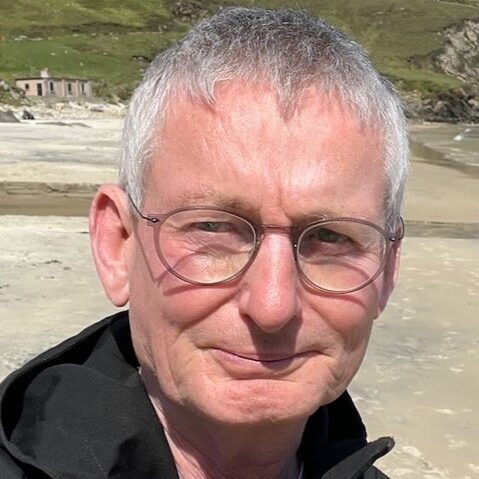
Kevin O’Brien Emeritus Professor of Orthodontics at the University of Manchester UK.
Kevin was appointed...
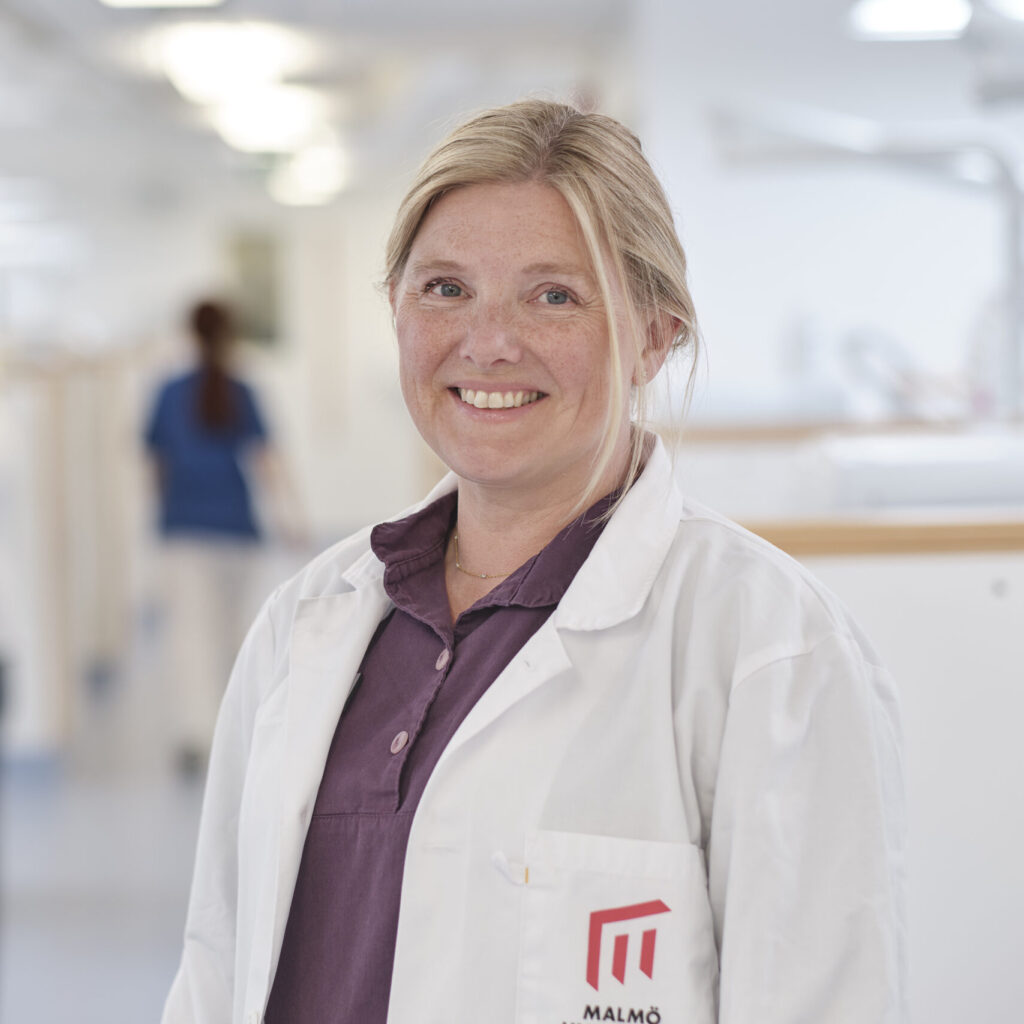
Associate Professor Liselotte Paulsson (Björnsson) is Chair and Director of the Postgraduate Program in Orthodontics...
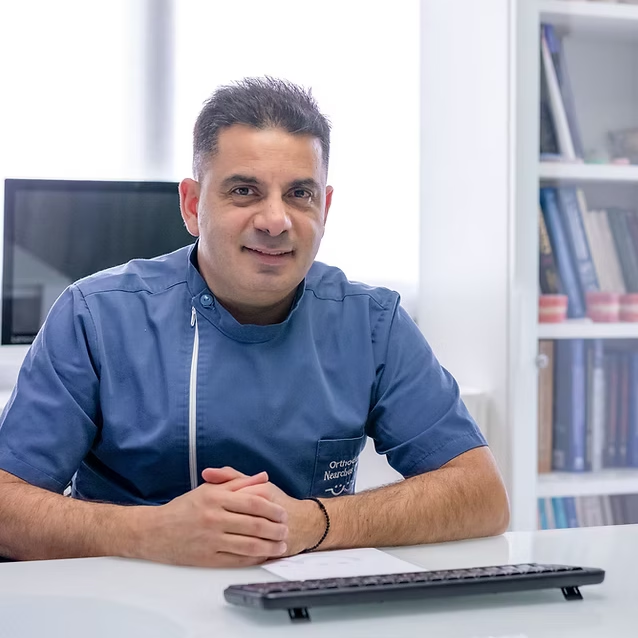
Nearchos C. Panayi, is an orthodontist based in Limassol, Cyprus. He is an assistant Professor...
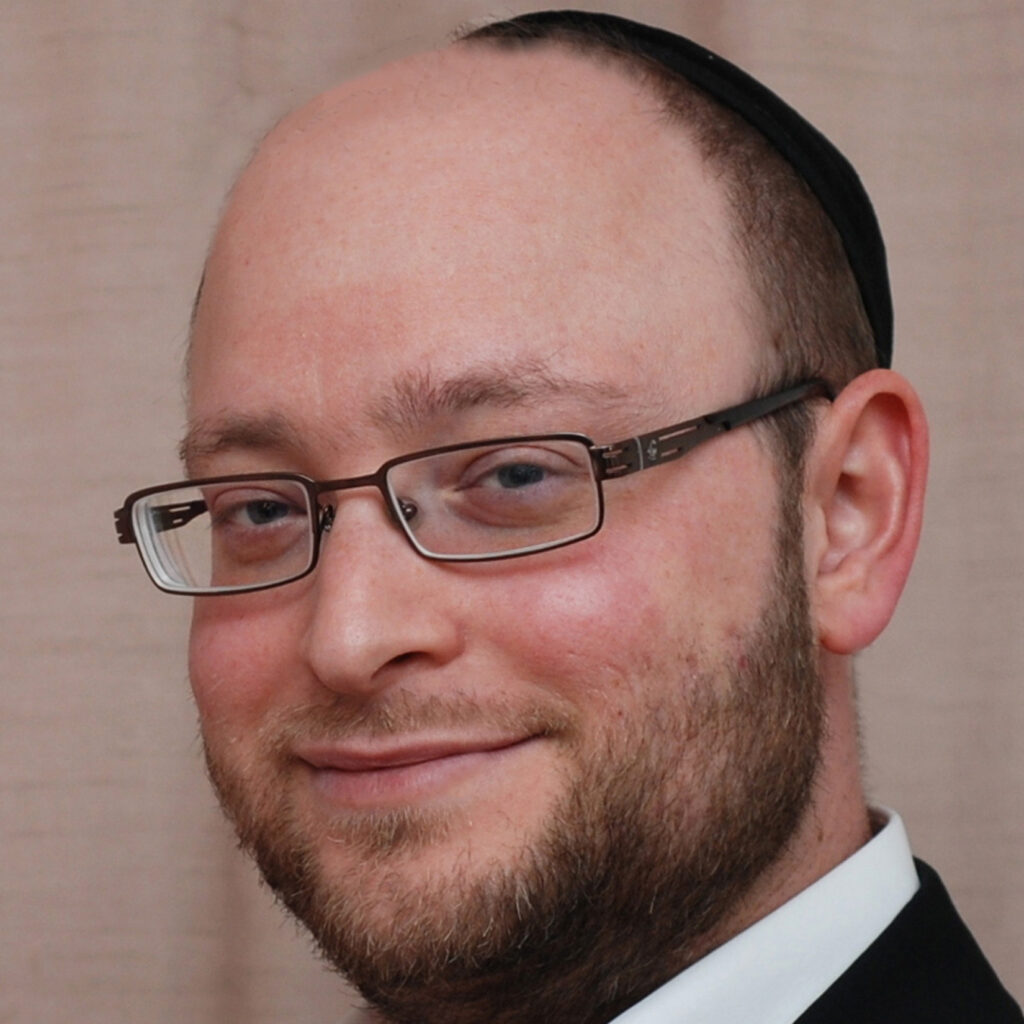
Further information coming soon.
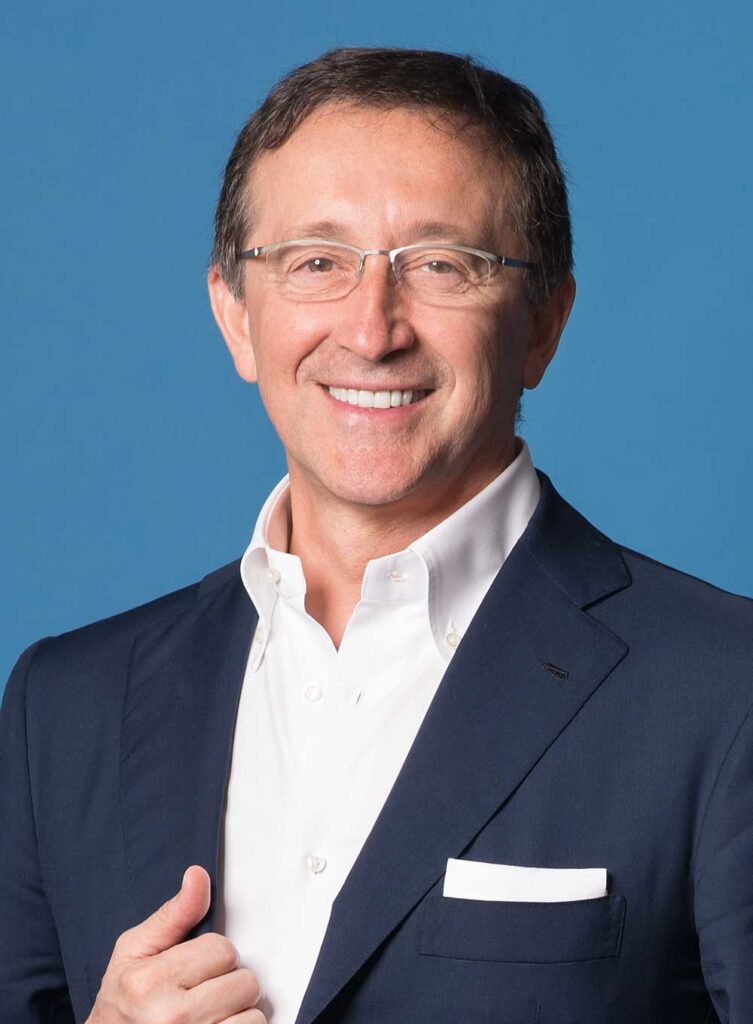
Further information coming soon.
